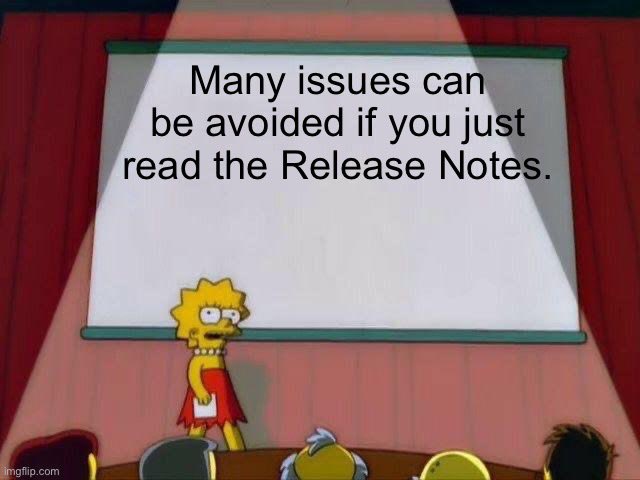Why and How to add changelog in your next CLI
Your CLI application might be good but its not great, you know what would be great. If it had release notes shipped with it. I mean seriously you have
--helpto look for help--versionto check version--updatepossibly to update it
What’s holding us back to add a --changelog as well?
Why add changelogs?
A. Because its the only thing left in a CLI that qualify them as a “fully package piece of software”.
B. You can save a bunch of time debugging what’s wrong with a command just by reading the release notes.

How to?
Before we go into technicality of how to embed changelogs, Consider a sample CHANGELOG.md file like this which is usually included in all well maintained open-source projects.
# Changelog
All notable changes to this project will be documented in this file.
## [0.4] - Nov 11, 2019
### Added
- `getSubmissionDate()`, `getExitCode` new methods.
- Official Documentation.
### Changed
- Class Run `init` - Now you can pass _source code_, _input_ and _output_ to program as strings (limited to file paths in prior versions).
## [0.3] - Nov 9, 2019
### Added
- Removed redundant imports
- Added Module/Class docstrings for documentation
- Formatted Code
## [0.2] - Oct 31, 2019
### Changed
- Fix import requests problem.
## [0.1] - Oct 30, 2019
- Initial Release
This format is inspired from keepachangelog. We will be using this format to build our changelog parser. The following golang code can be used to extract the changelog for a requested version
package main
import (
"fmt"
_ "embed"
"os"
"regexp"
"strings"
)
//go:embed CHANGELOG.md
var changelog string
func Parse(match string, rem string) string {
// remove the enclosing pattern of previous release from end of output
temp := strings.TrimSuffix(match, rem)
return strings.Trim(temp, "\r\n")
}
func main() {
// take care of special chars inside verison string
enclosingPattern := `## \[`
// prefixing verion number 0.6 with v won't work
ver := "0.3"
// Every header of new version looks like this: ## [1.4.0] - Jan 12, 2069
// regexp.MustCompile(`(?s)## \[0.6.*?## \[`)
var re = regexp.MustCompile(`(?s)` + enclosingPattern + ver + `.*?` + enclosingPattern)
submatchall := re.FindAllString(changelog, 1)
if len(submatchall) == 1 {
fmt.Println(Parse(submatchall[0], "## ["))
} else {
fmt.Println("No release notes found for version", ver)
os.Exit(0)
}
}
The regexp can be broken down
(?s) + <enclosingPattern> + <version-number> + .* + </enclosingPattern>
(?s): Make the dot match all characters including line break characters.*:.(dot) indicates any character whereas*specifies 0 or more instances of previous token
Here is a sample output
## [0.3] - Nov 9, 2019
### Added
- Removed redundant imports
- Added Module/Class docstrings for documentation
- Formatted Code
Shipping with the changelog
With go this is much easier since the release of Go 1.16, which has support for embedding static files inside go binaries
In the above code notice the //go:embed directive which facilitates this. Go will include the file CHANGELOG.md in your current directory during build time.
To learn more about embedding static files in Go use
go doc embed
Beautifying the output
We can also beautify our markdown output using glamour
Run
go get github.com/charmbracelet/glamourto install glamour
Modify our code above
...
if len(submatchall) == 1 {
cleanOutput := Parse(submatchall[0], "## [")
out, _ := glamour.Render(cleanOutput, "dark")
fmt.Print(out)
} else {
fmt.Println("No release notes found for version", ver)
os.Exit(0)
}
...
Here is how it looks
